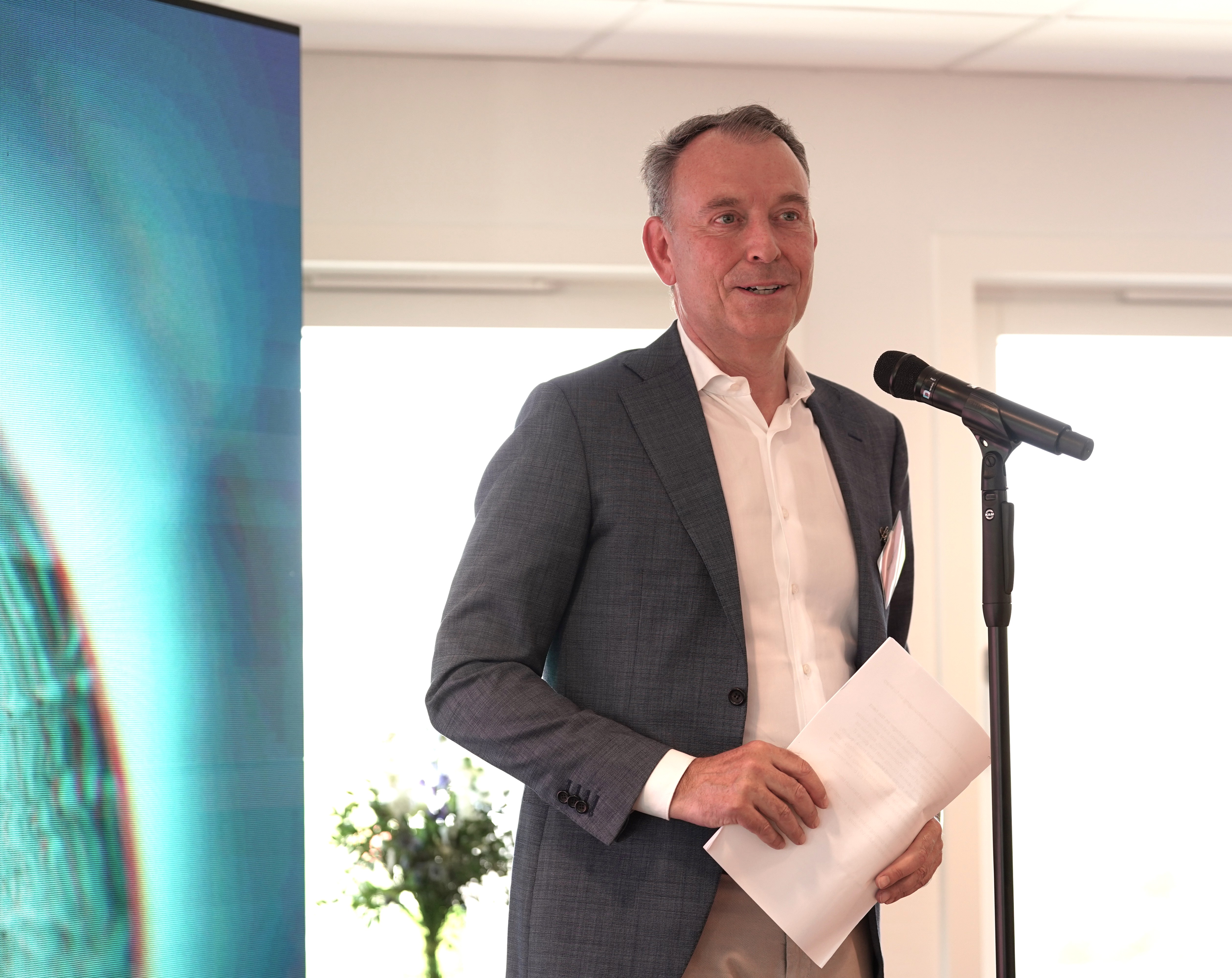3 Potential New Molecules for Amyris' Portfolio in 2014
3 Potential New Molecules for Amyris' Portfolio in 2014
Synthetic biology pioneer Amyris may have spent much of last year slashing wasteful spending and reevaluating its strategic vision, but it also achieved several major farnesene production milestones at its lone commercial facility in Brotas, Brazil. While the company will continue to make gains in 2014, perhaps the most exciting potential developments for industry enthusiasts will be those regarding new product developments. Sure, Amyris can turn farnesene, its first for-profit building block molecule (artemisinic acid was the first molecule produced by the company's yeasts), into numerous fuels and chemicals, but it is also hard at work developing industrial microbes and processes for producing several other building block molecules. Let's explore three potential molecules that could make headlines for the company in 2014.
1. Flavor and fragrance molecules
When the company reports fourth quarter earnings and updates investors on the latest developments in several weeks, you can bet the successful scale-up of its first flavor and fragrance molecule will be a central topic of discussion. The molecule, a fragrance oil, will be produced at Brotas in 2014 (after plant improvements during Brazil's inter-harvest period) for partner Firmenich and generate revenue through direct sales of its own products or those of its key partners.
The successful development of the first flavor and fragrance molecule will be critical for developing future molecules for Firmenich, Givaudan, and International Flavors & Fragrances. More importantly, the milestone marks the first step in capturing the enormous long term opportunity for the select group of high margin products. How big is the opportunity? Consider CEO John Melo's remarks from a recent conference call:
In the flavor and fragrance industry, we have more than 10 molecules under agreement with four industry leaders that we plan on developing and scaling over the next 5 to 7 years. We expect by 2020 to account for approximately 30% to 40% of the supply into this growing segment.
That would be pretty impressive if development pans out. So, what are some other molecules and products being developed by the company?
2. High-performance polymers for tires
Amyris has partnered with Japan's Kuraray to utilize farnesene in the production of high-performance polymers for the tire industry. At the time of the last update, major tire manufacturers were completing road tests with farnesene-based tires and reporting enhanced performance and durability. Renewable winter weather tires may arrive sooner than you think.
While it would be easier to create high-performance tires from farnesene at the moment (given its development and scale-up progress), the company is also working with Michelin to create renewable isoprene, or natural rubber. Today isoprene is largely produced by cracking naphtha, which is produced as a byproduct of petroleum distillation. However, the arrival of shale gas has led to plummeting global stocks of numerous byproducts such as naphtha and created a need for alternative sources of isoprene. Will Amyris and synthetic biology be able to fill the gap?
3. Biobased nylon and PET
It hasn't garnered much attention in the last two years -- and is only mentioned in one sentence on Amyris' website -- but the company acquired Draths Corporation in October 2011 for its novel muconic acid platform. The fermentation technology enables the production of biobased monomers, such as those needed for nylon and polyethylene terephthalate, or PET, from muconic acid. Draths Corporation intended to reach 100 million kilograms of PET production by 2015, but it seems as though that goal fell down the priority list at Amyris as it focused on farnesene.

Source: Amyris.
Nonetheless, the platform could be used to produce 100% biobased nylon and PET, which would mark a striking improvement compared to current technologies. Even the most sustainable plastic products are lucky to include at least 30% PET today. That includes the world famous PlantBottle from Coca-Cola. However, Coke has assembled a team of partners -- including Nike, Procter & Gamble, and Ford -- to expedite the development and create demand for 100% PET options. Perhaps synthetic biology could once again step up to meet demand.
Until Amyris provides an update on its muconic acid platform, industry enthusiasts may want to focus their attention on a partnership with Gruppo M&G evaluating the use of farnesene as an ingredient in PET.
This is just the beginning
While Amyris will add its first flavor and fragrance molecule to its product portfolio and continue to make progress on its isoprene and muconic acid platforms in 2014, the company is still only scratching the surface of its potential. A recent joint venture with Total promises to expedite the arrival of green diesel and jet fuel to world markets. In fact, Boeing has asked ASTM to amend its standards and allow green diesel to be used as a replacement for Jet A by the end of the year.
I'm still not convinced Brotas, which entered 2014 sporting farnesene production costs of $4 per liter, will allow for the economical production of fuels this year. However, as Amyris' product offerings and manufacturing capabilities expand, so, too, will the need for additional production capacity. However the development timelines and capacity expansions play out at the company, you can be encouraged by the pace of development at Amyris. It wasn't easy be the early poster child for synthetic biology, but I'm sure many industrial biotech startups can learn valuable lessons from the company's failures and successes.



.svg)









-min.png)


.gif)